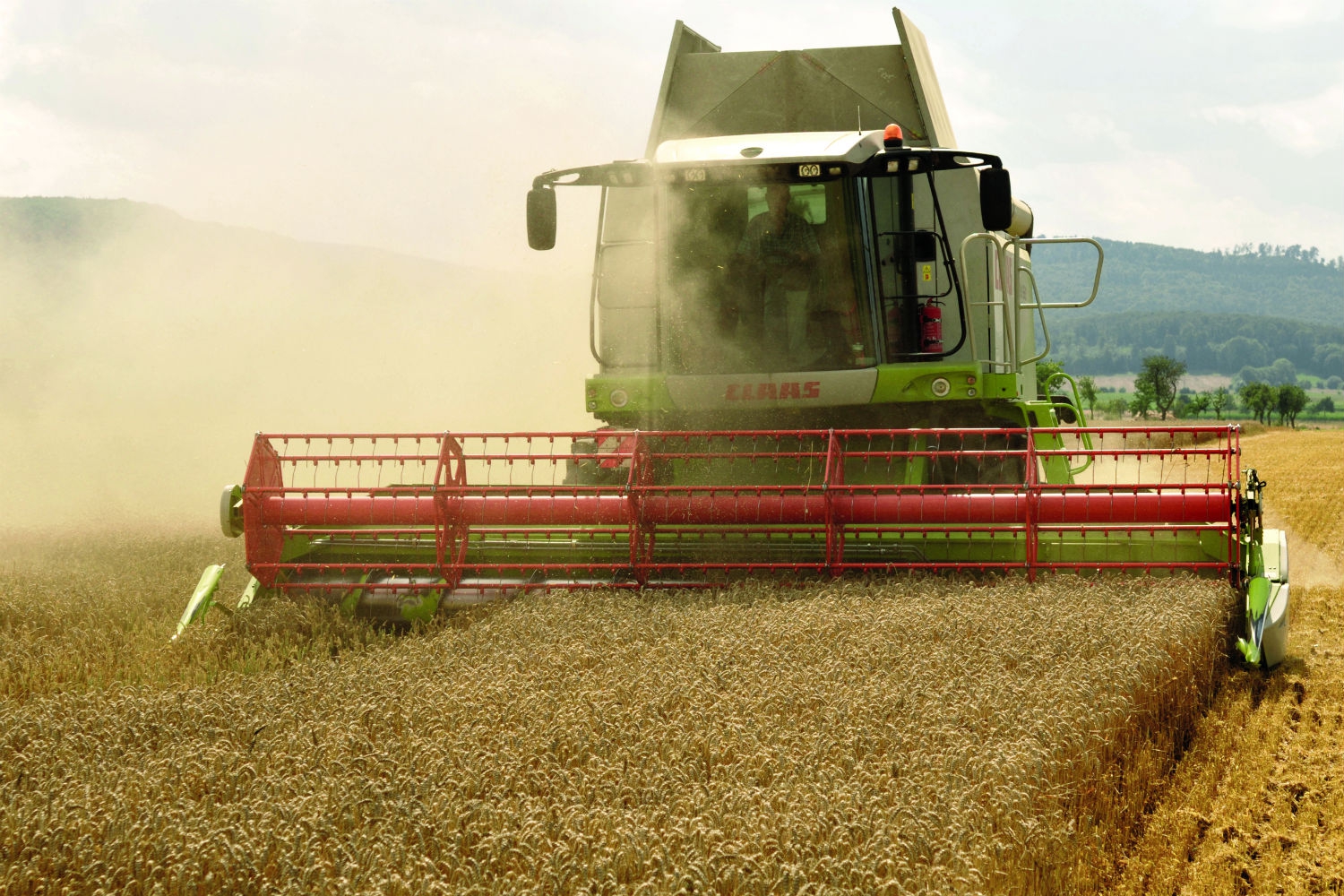
A revolution in paper production driven by agricultural-residue pulp mills is on Canada’s horizon (originally published in PrintAction June 2016 magazine).
The potential impact of papers made from agricultural residue is becoming an exciting new sector to watch in Canada. Canopy has just launched its “Say Yes!” project across the North American wheat, rye and sorghum belt. Dubbed YIMBY! – Yes In My Back Yard! – This innovative enterprise is reaching out to agricultural communities asking if they have the straw supply, town infrastructure and other qualities necessary to become a candidate site for a new, green-job-creating straw pulp mills.
The Canadian prairies are being hit hard right now, with economic downturns in Saskatchewan and Alberta taking a toll on jobs and regional stability. New opportunities for rural communities across the Prairies, adding value to agricultural residues typically treated as ‘waste’ products could bring new hope and green jobs to a hard hit part of the country.
The Federal government made bold commitments in at the 2015 UN Conference in Paris to seriously tackle climate change. Intact forest landscapes and their significant contribution to carbon storage are bound to come to the forefront as a means to reduce Canadian greenhouse gas (GHG) emissions and contribute to climate stabilization. Canopy expects this to inevitably lead to greater protection of the boreal forest and a concurrent push to develop alternative fibre sources. The future of straw paper just keeps getting brighter.
Some Canadian printers are early adopters of wheat straw-based papers. The Printing House, Hemlock Printers and MET Fine Printers, for example, offer uncoated free sheet wheat straw-based paper and more printers are bound to join the ranks of these forward-thinking businesses.
Since before Canadian Geographic and Dollco (purchased by Lowe-Martin in 2012) worked with Canopy in 2008 to print a magazine issue on wheat straw-based paper, Canopy has been growing the market for straw-based papers to facilitate the development of agricultural residue pulping capacity.
To date we have identified 1.3 million tons of unmet annual demand for printing and writing grade papers made with straw. That market keeps growing as more print users look to improve their standing on sustainability issues. Now we just need the supply – and it’s looking promising.
Following the launch of YIMBY!, the response from farming communities has been immediate and enthusiastic. Within 24 hours of launching the campaign, Canopy was receiving applications from interested districts. Our detailed questionnaire will delve into the viability of each of these applicants. Do they have a high enough volume of straw available within a set radius? Do they have the water, road and power infrastructure needed to support a pulp mill? Is the work force available?
We’ve done the research, established the criteria with the advice and assistance of experts in the field, and we know the potential exists for many straw pulp mills to be built.
At the same time, we are liaising with entrepreneurs and investors, filling them in on the immense market demand for straw-based papers we have already quantified, the viable community opportunities for mill construction and the green-tech revolution that is ready to launch.
Through our ongoing Second Harvest work, we’ve been privileged to be given confidential access to some of the latest developments and innovations. The revolution is truly gaining momentum.
As new scientific research highlights the critical importance of forests in stabilizing the global climate and mitigating the impacts of climate change, more and more governments will be forced to take action to protect high carbon value ancient forests. And more and more print customers will be looking to avoid contentious forest fibre and seeking viable alternatives to tree paper.
Straw papers will be a game-changer for the availability of publication grade eco-papers and lighten the footprint of print materials. The future of straw can revolutionize the printing industry. Are you ready?
Print this page
